Preparing Your Office for the New Normal
Preparing Your Office for the New Normal
The pandemic has already made things hard for everybody, getting back and transitioning to the “new normal” at work should be made easy, but can it? Depending on how prepared your office is, going back to work under the “new normal” would easy or difficult. This is why planning how to return to work under the new normal is important.
In our latest COVID-19 update, we have elaborated the steps we did before and during the time we transitioned to the General Community Quarantine (GCQ). Though this is us, and the approach we did may not apply to other businesses, we are going to share below common and helpful tips to help your business bounce back to the new normal. These are based on the InterAgency Task Force (IATF) guidelines and the good practices we observed during the time we did office cleaning to our clients.
Need something cleaned?
Audit what you have
Check what you have, in terms of available health related equipment and facilities, and which employees are willing to report back to work. This will help you sort out what else you need to buy and would be cost efficient eventually. The number of foot disinfection pad would depend on the number of entrance and the number of people reporting to work. Thermal scanner or infrared thermometers and alcohol dispensers as well would depend on the number of foot traffic.
There will be consumables like alcohol/sanitizers and disinfectant wipes you will need to consider. You might want to add batteries for the thermal scanner in the list as well
Sign up to get the ultimate office cleaning checklist here:
Send out info
It is in the human nature that we take change very hard, but it can be less hard if we are informed at an earlier time. Send out an email (or a chat message) to all concerned regarding all the changes that are being made under the “new normal”. Let them know what they need to expect when they arrive at the office, from the door to their table.
The information may include steps like accomplishing the visitor’s checklist honestly (very important!), wearing their face mask (and face shield if needed) inside the office premises at all times, observing physical distancing, and reporting areas or instances that can pose as a health hazard to everyone in the office. If you are going to implement one-way traffic directions within the office premises, this would be a good time to orient them so they will be able to follow.
Requiring your employees to secure a health certificate from their respective barangay or city health office is also good, and you may opt to schedule a monthly rapid test if your office budget permits – including these details would be great in your email.
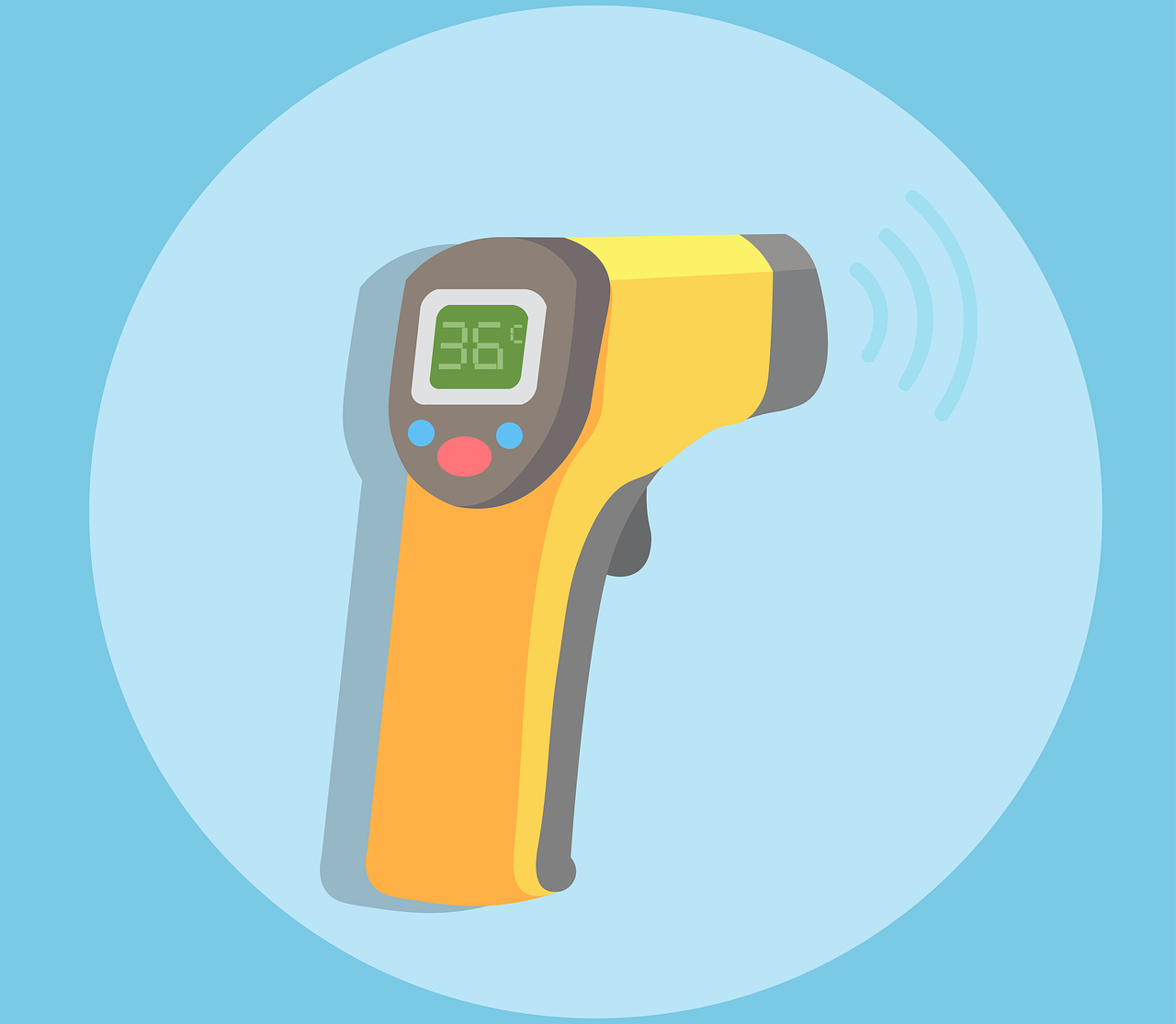
Do a general cleaning of your office
Your office may have been empty for at least 3 to 6 months, and may or may not have any coronavirus in it, but surely, there are already dust and other nasty things in there that could pose as other health risks like allergies and other forms of infection. Get your office cleaned thoroughly before returning back to normal or partial operations.
If you need a walk through or a checklist on what you need for your office general cleaning, check out our ultimate office cleaning checklist, or, if you find it very difficult to do, you can always outsource your office cleaning.
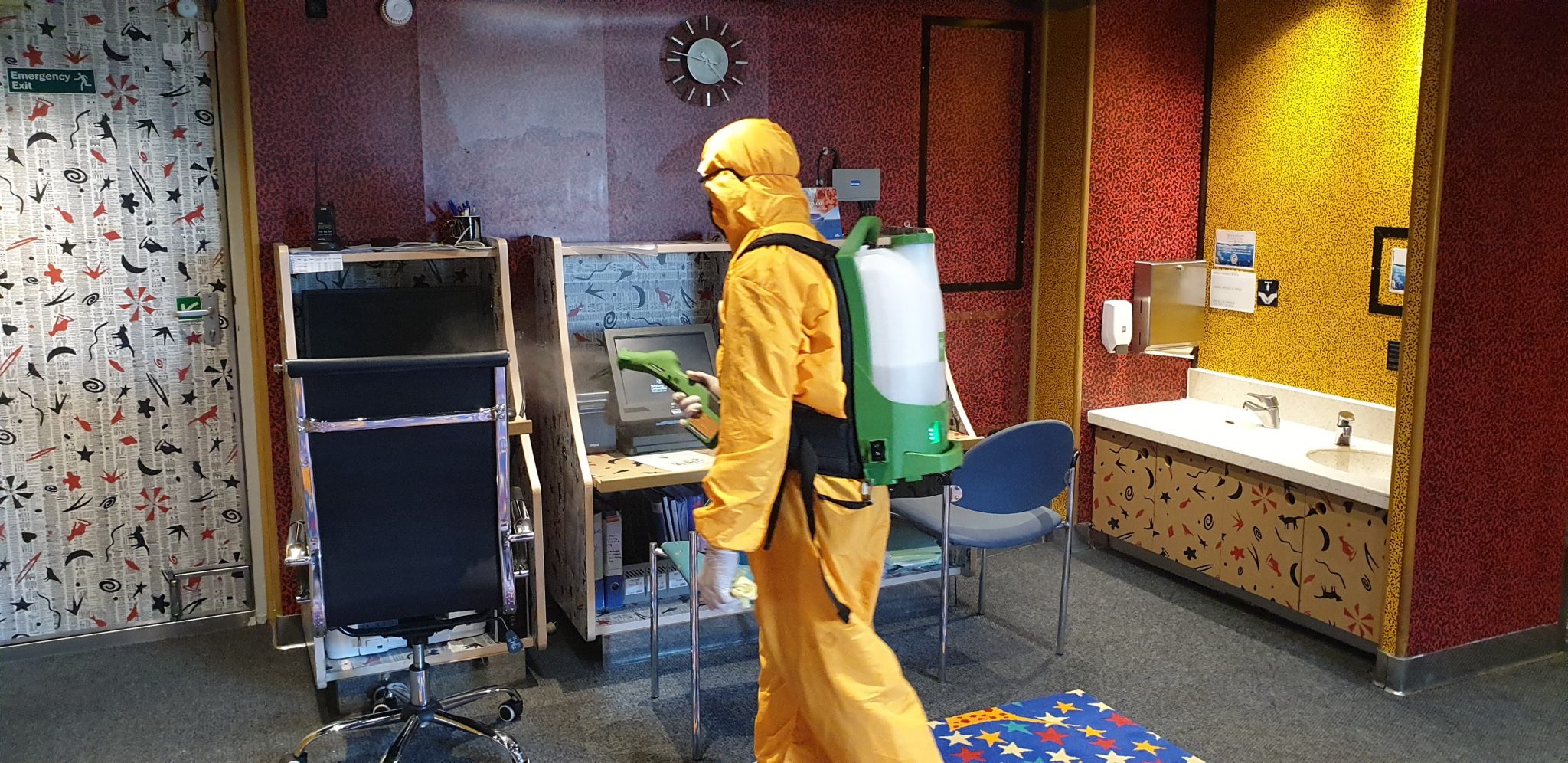
Do you want to learn more on how CMDA Cleaning Services can help you, your family, or your office fight against COVID-19? Send us an email at inquiry@cmdacleaning.com, or call/text us on any number mentioned above.
Let’s all be well and healthy, wear a face mask, wash our hands frequently, maintain a 1-2 meter physical distance to non-family members, and stay at home if we can. Stay covid-free!

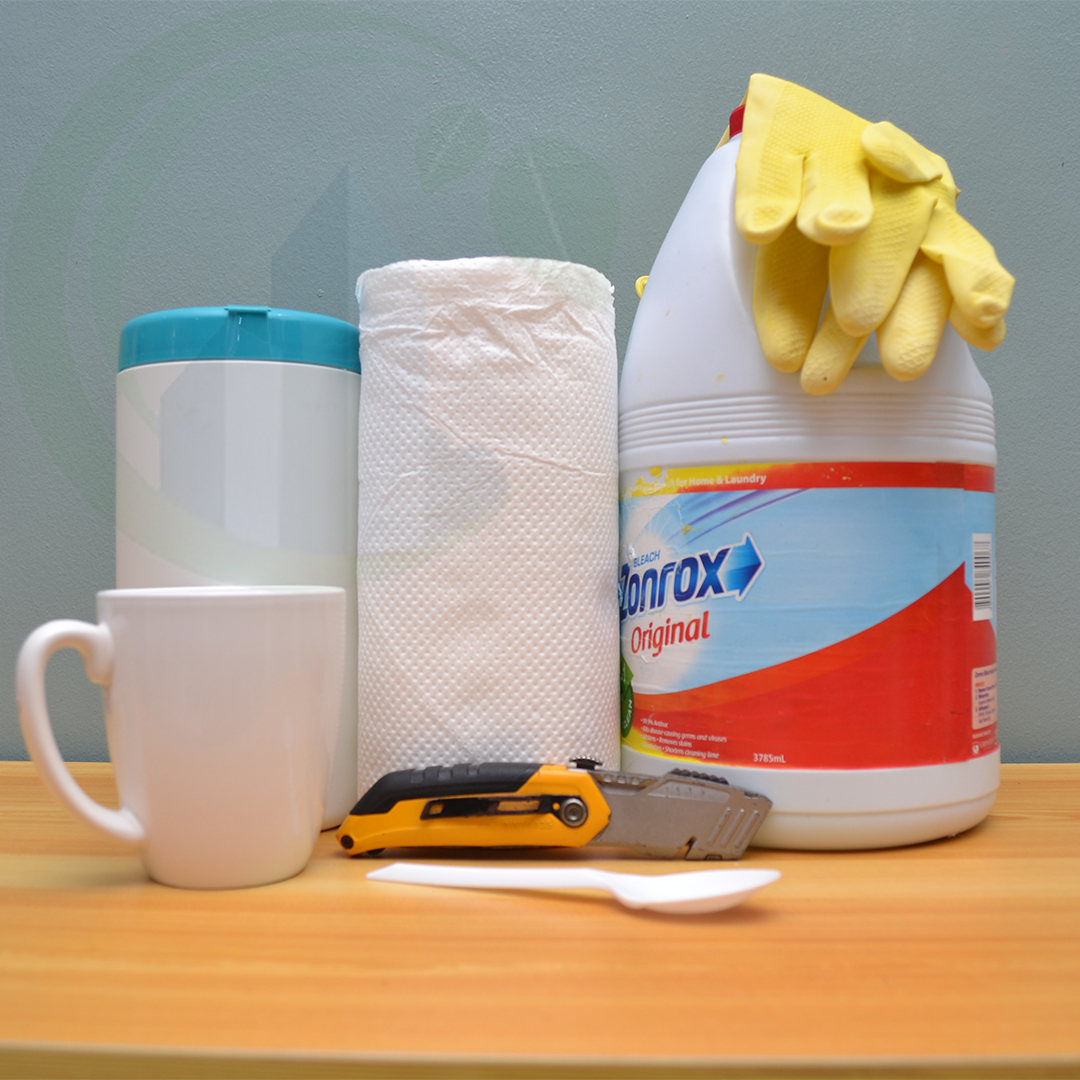
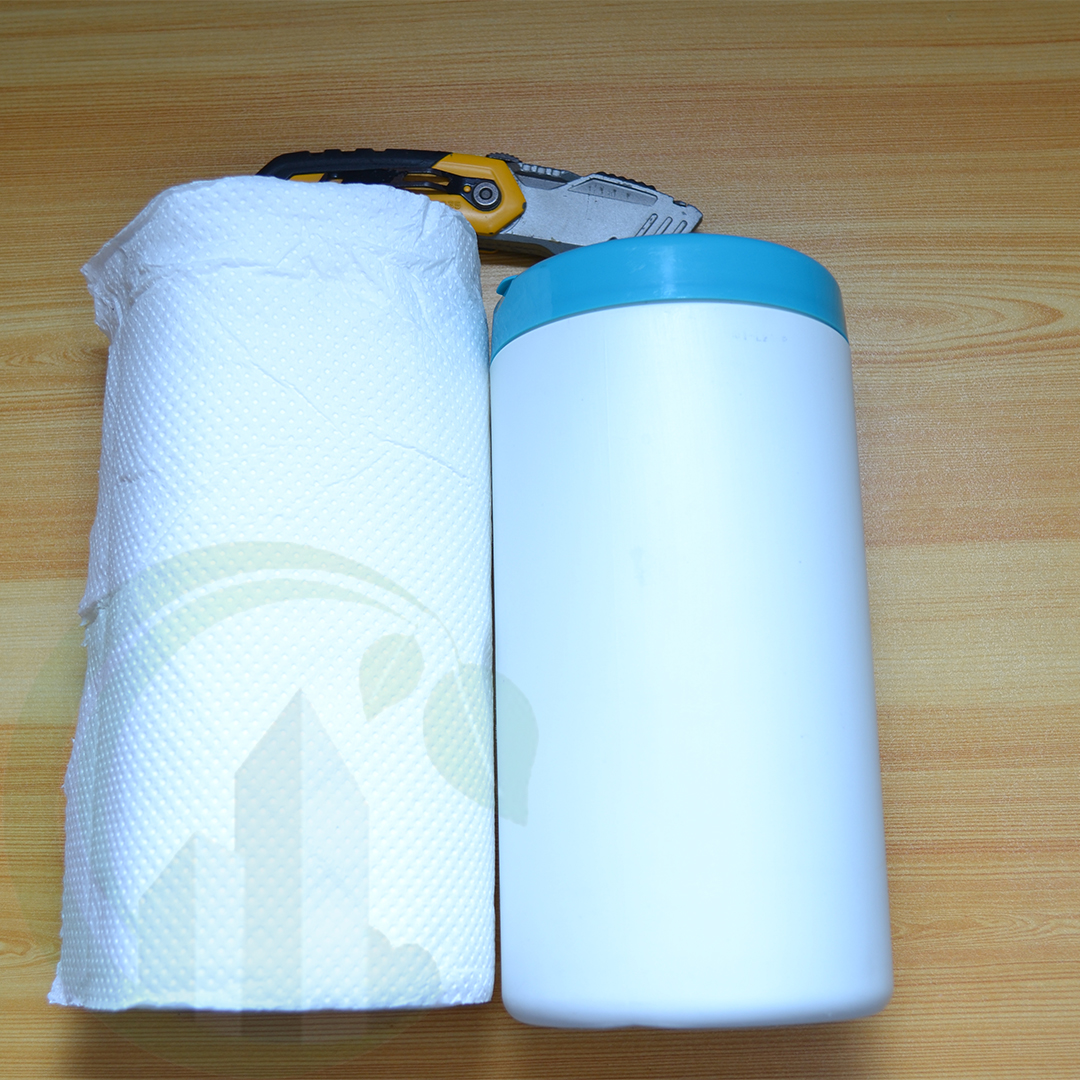
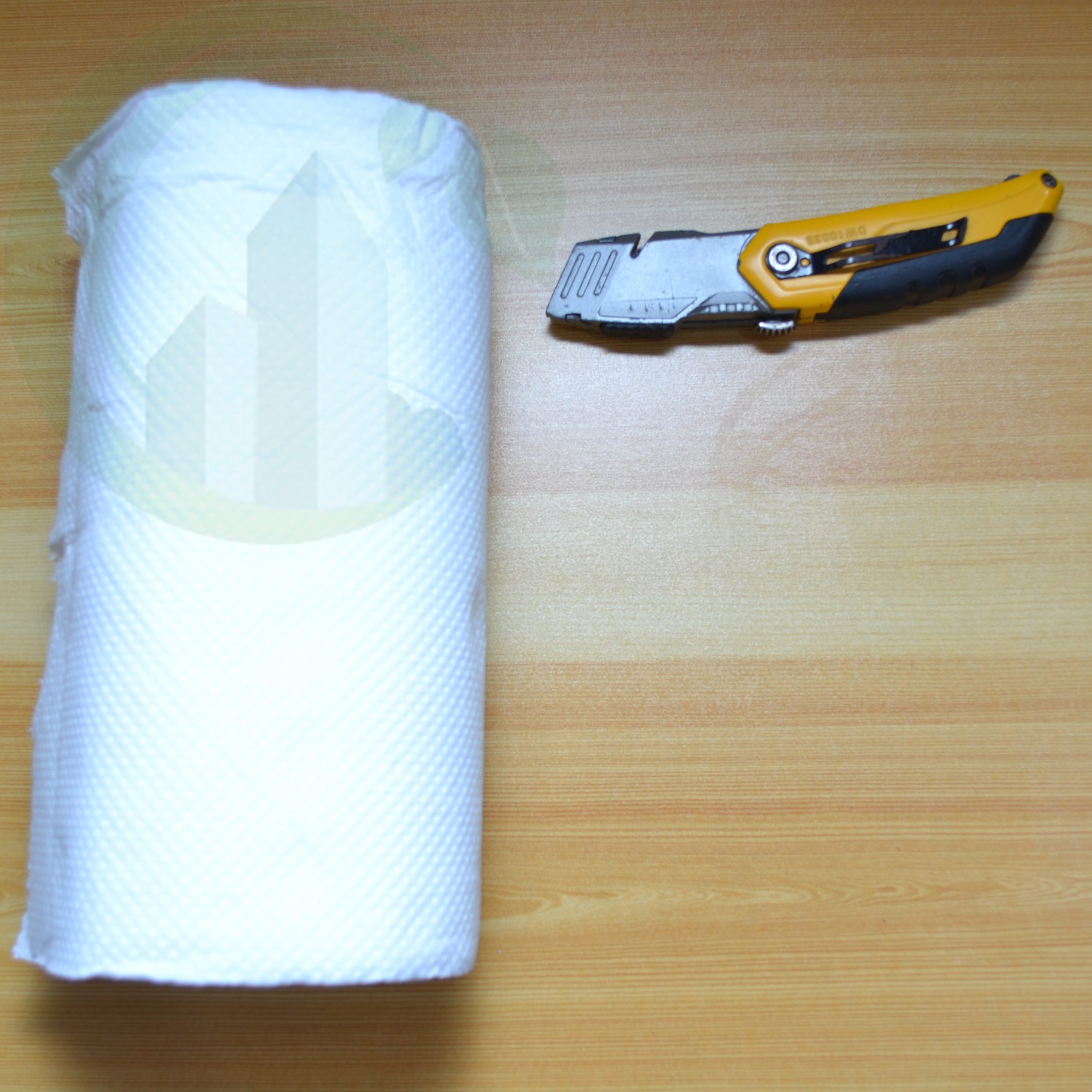
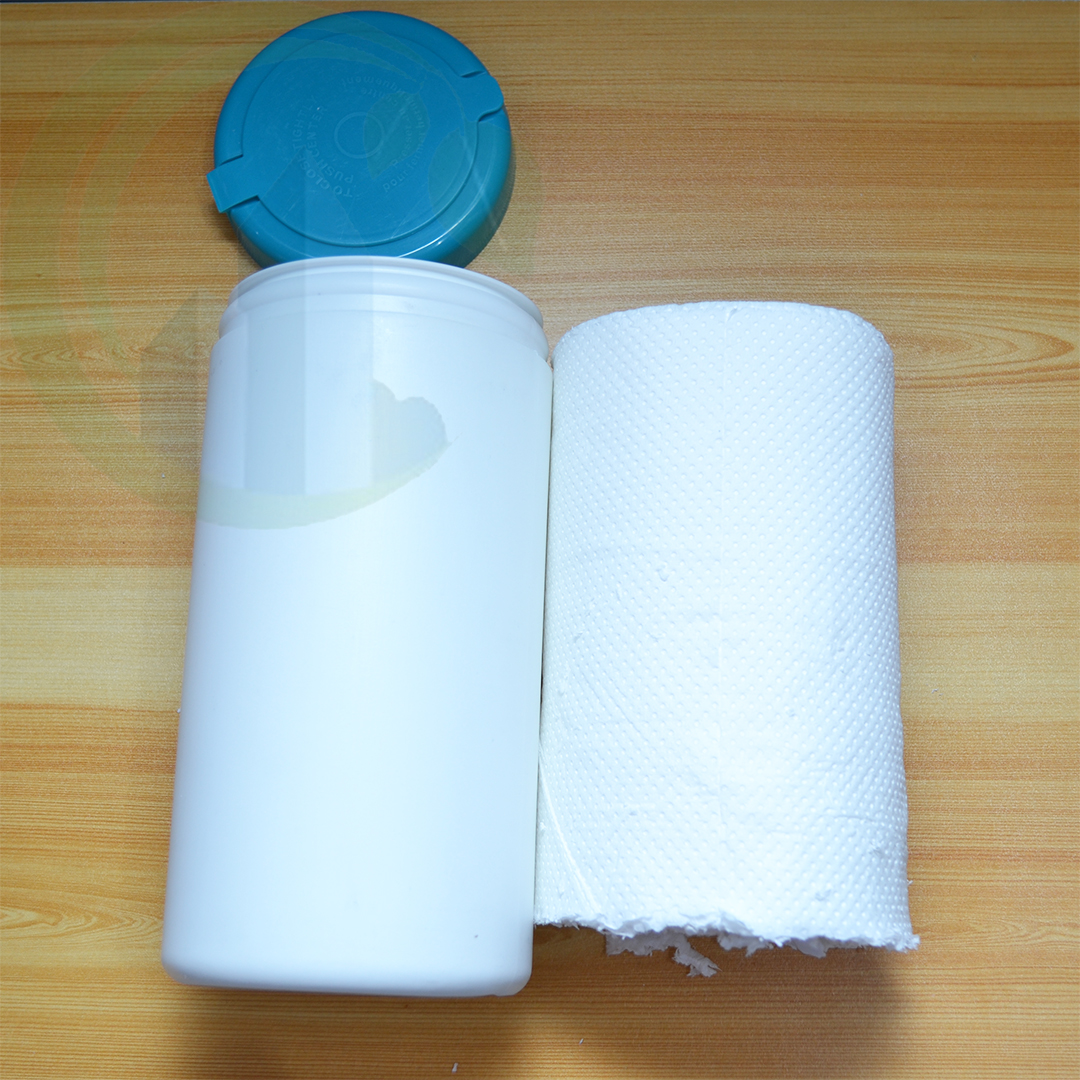
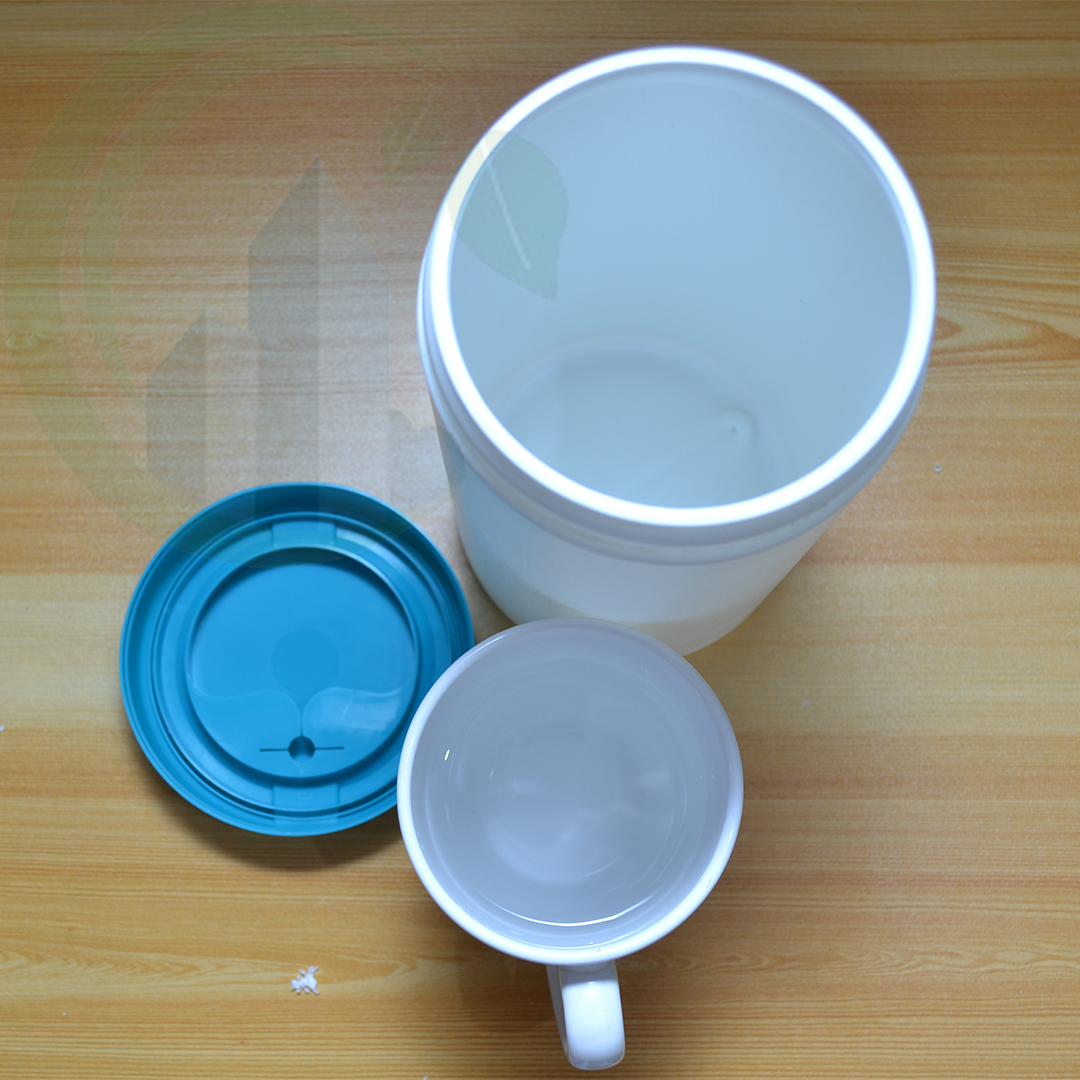
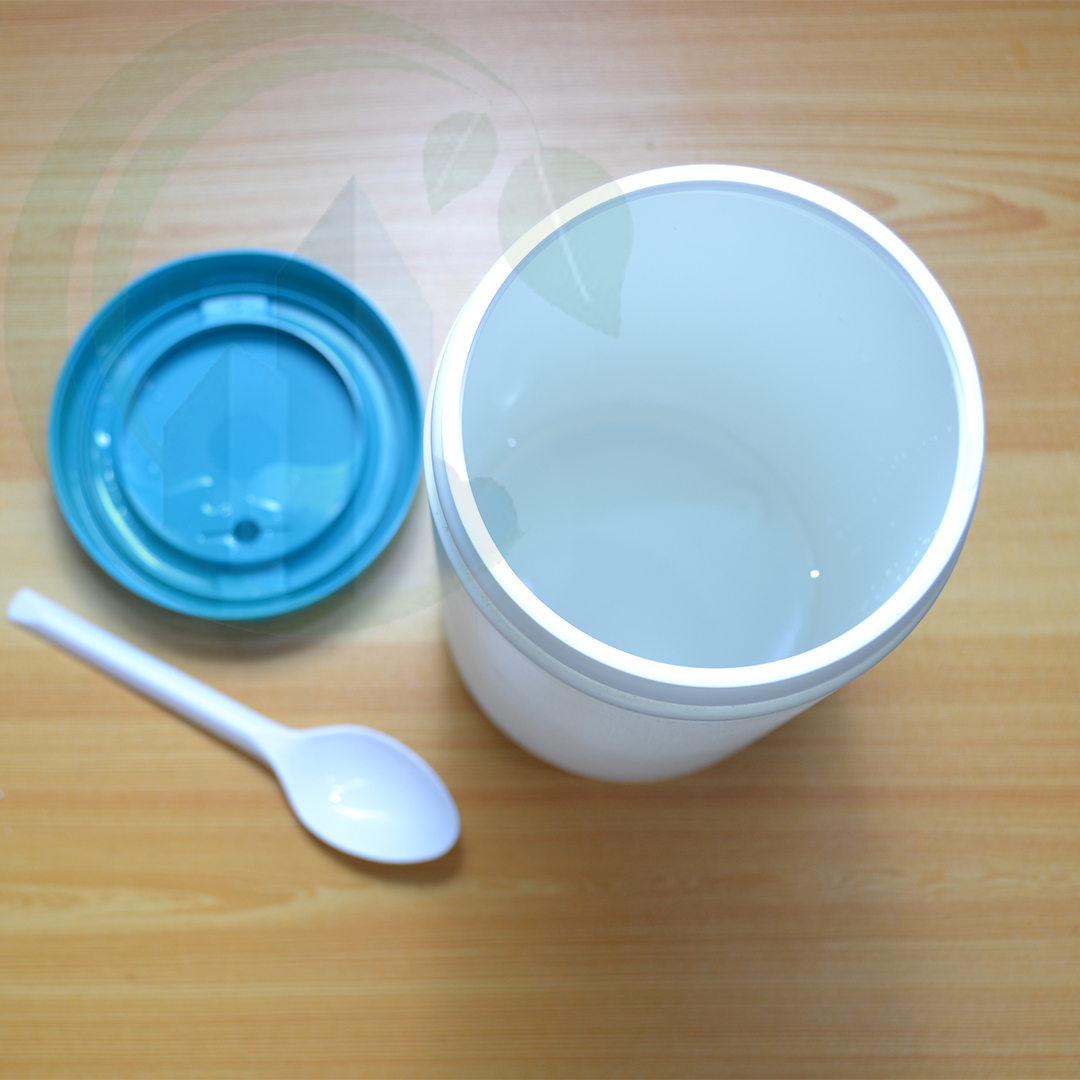
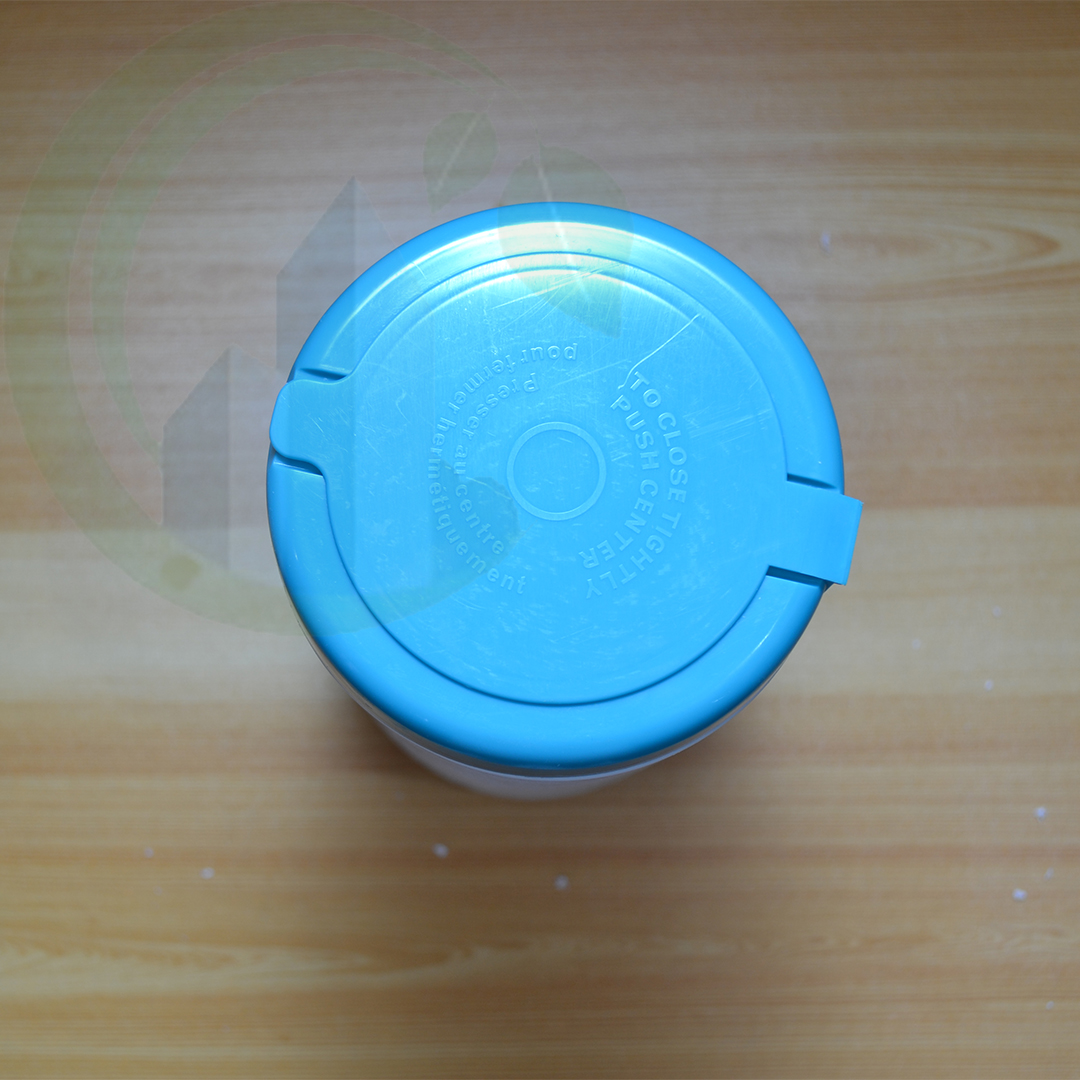
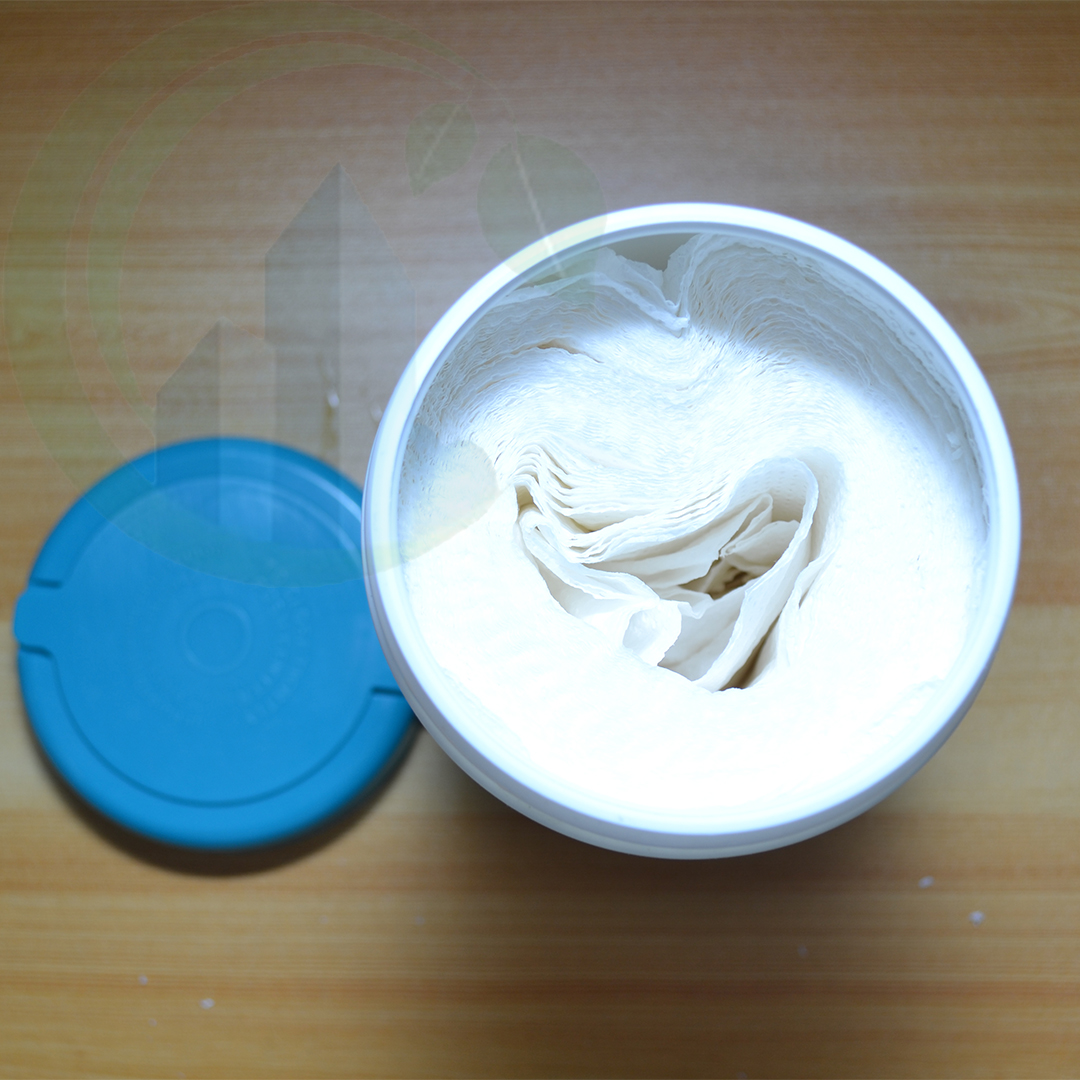
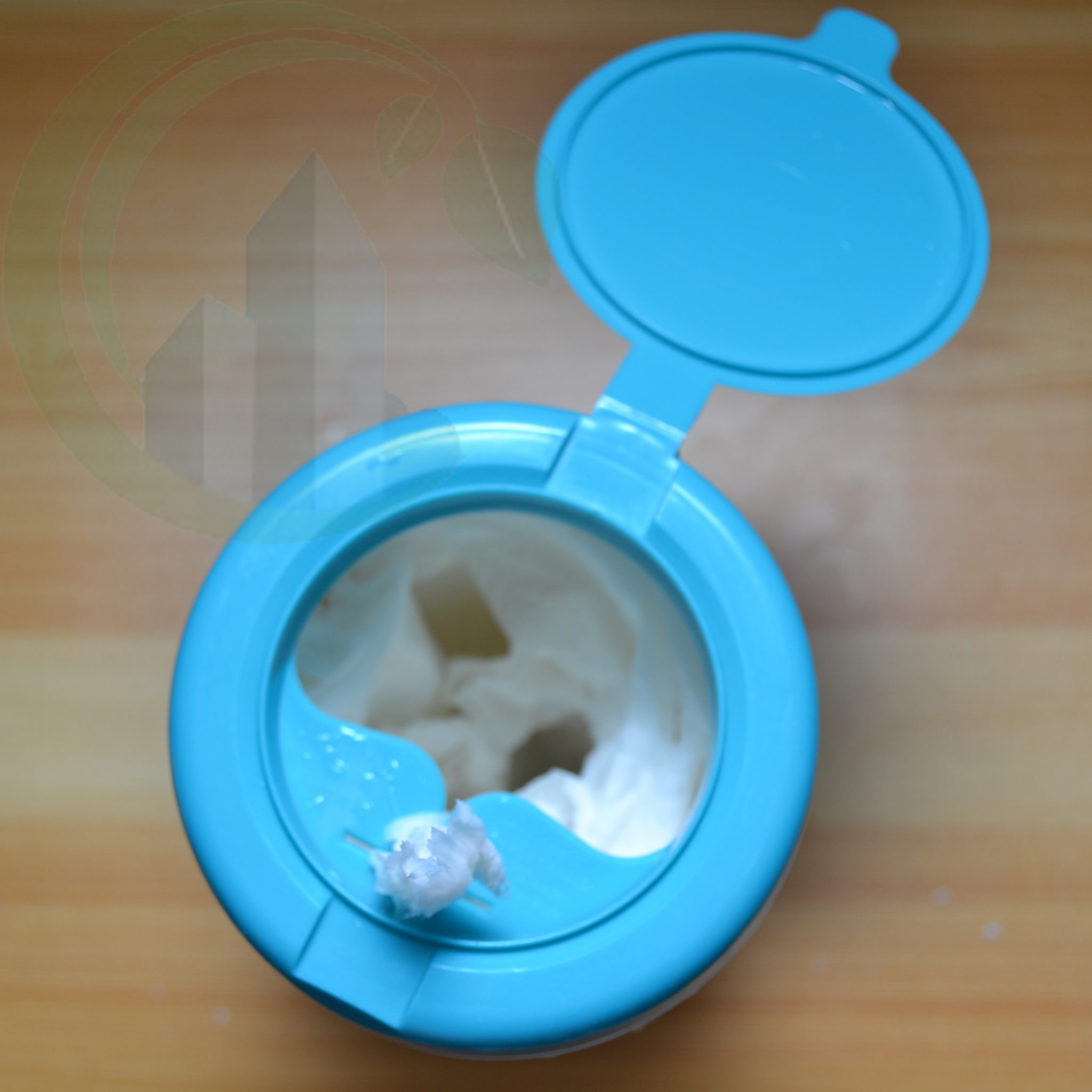
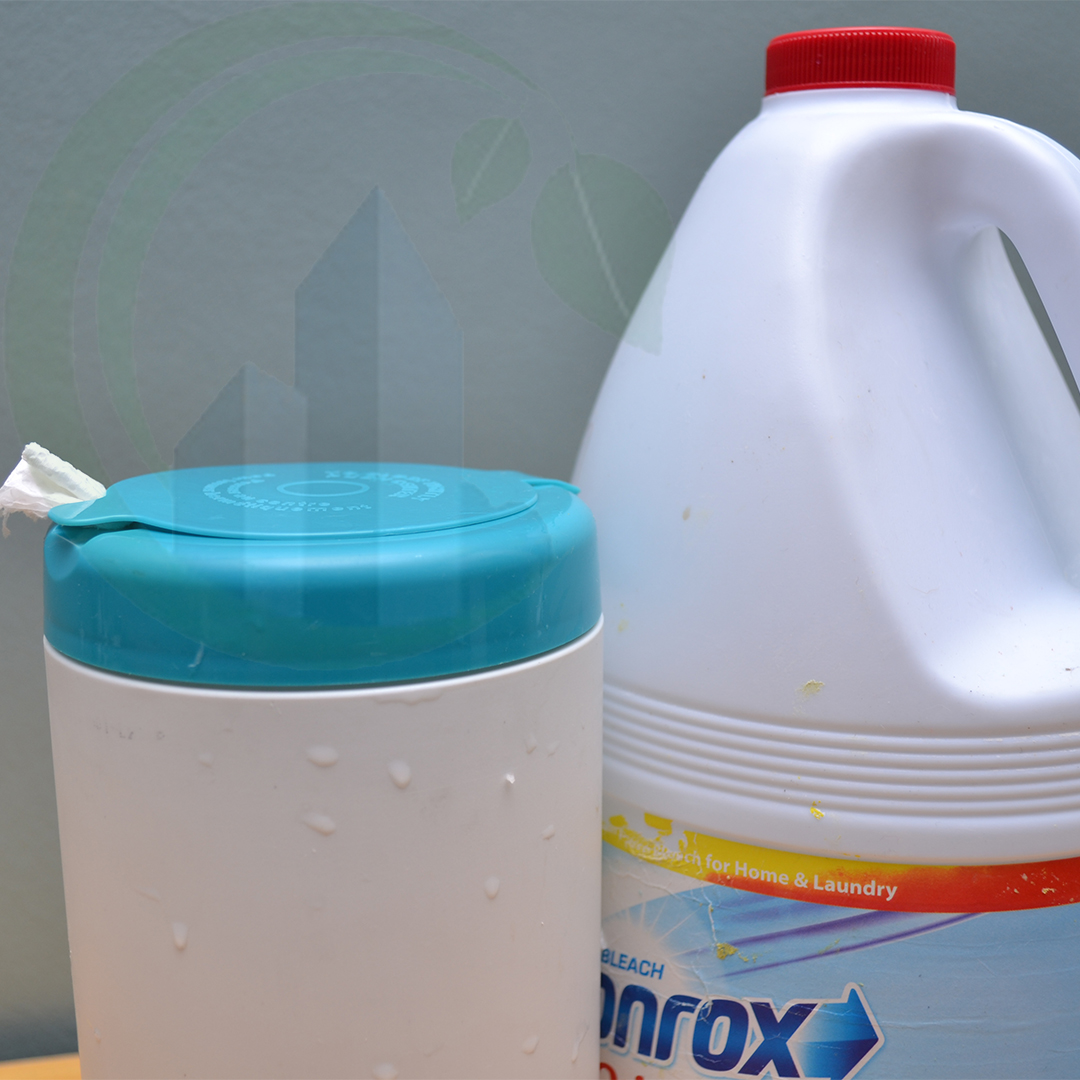
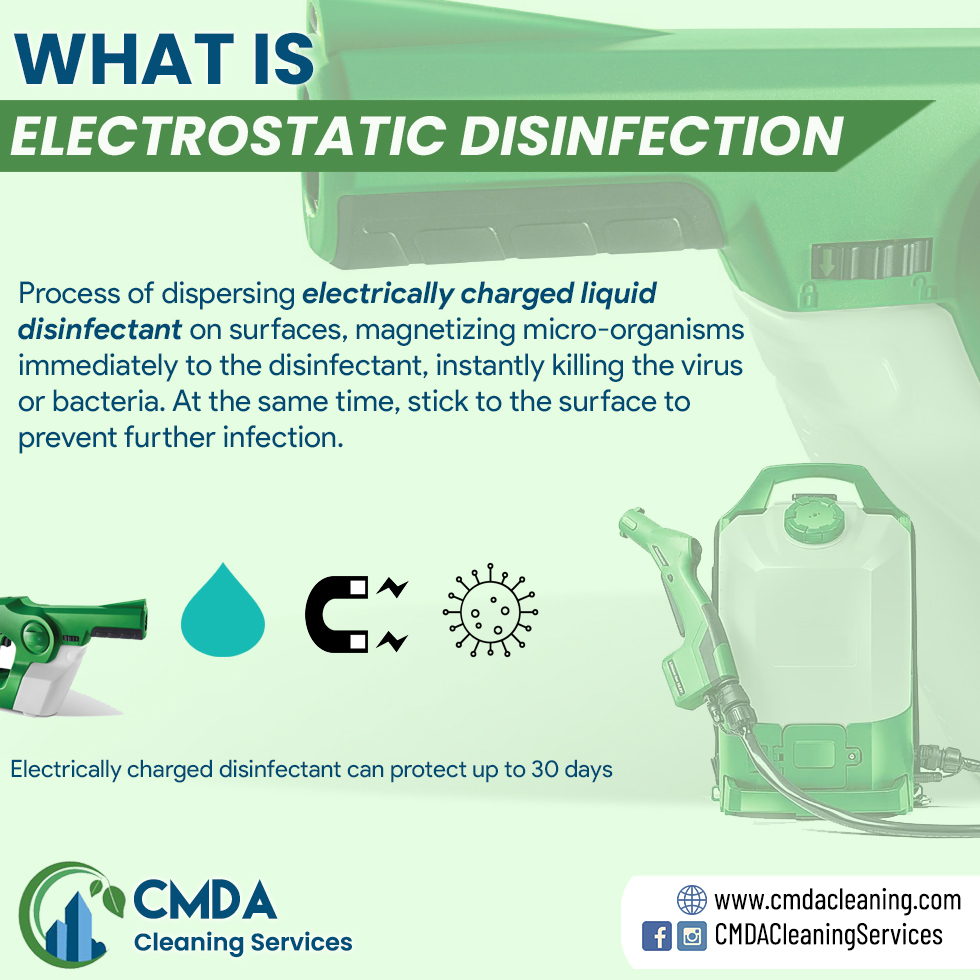
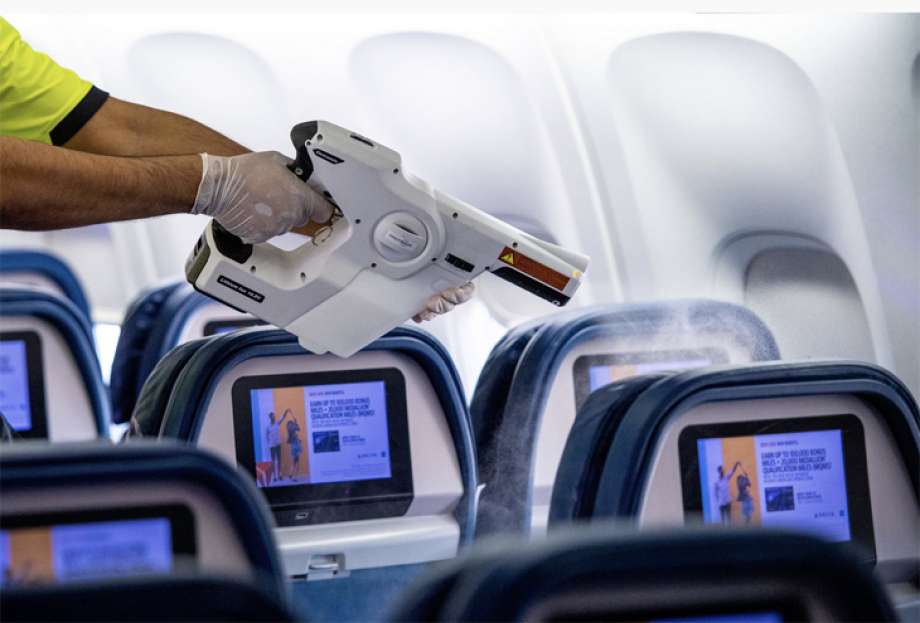
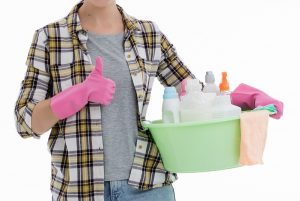 Anybody can become a cleaning company tomorrow.
Anybody can become a cleaning company tomorrow.
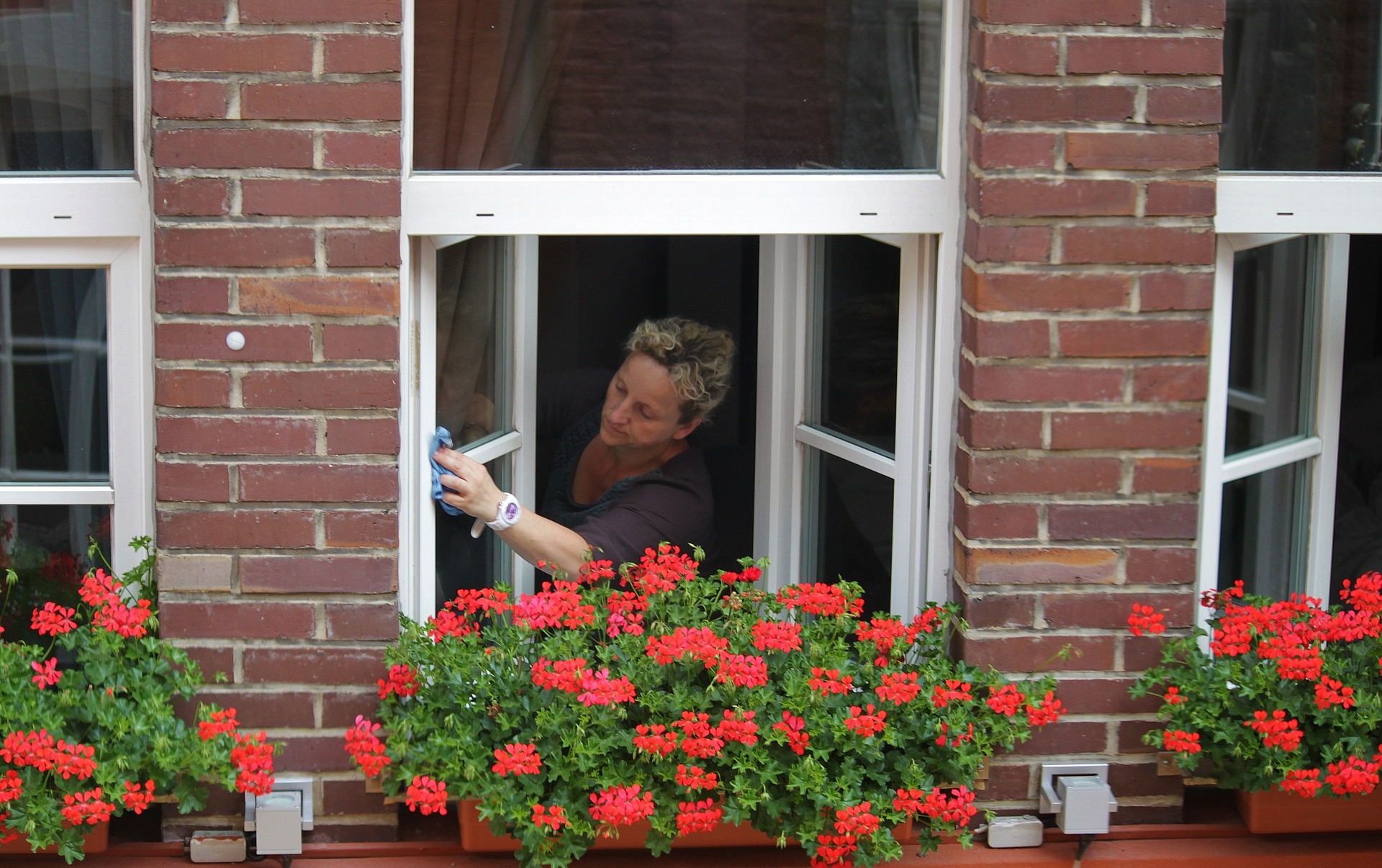
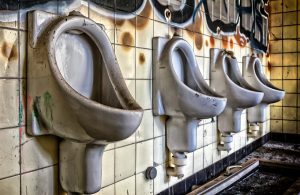 Getting Ready for your Toilet Bowl Cleaning
Getting Ready for your Toilet Bowl Cleaning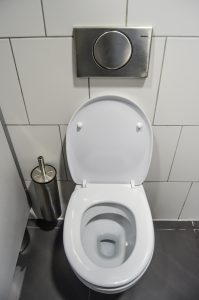 Splash a little water on your toilet bowl.
Splash a little water on your toilet bowl.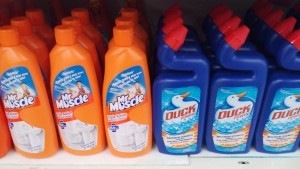
 Cleaning before the Ghost Month
Cleaning before the Ghost Month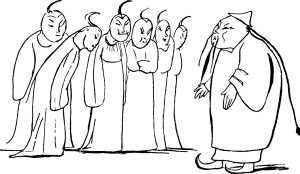 Other Tips
Other Tips